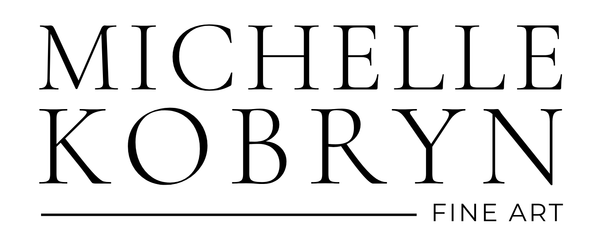
Curiosity Cabinets: A Glimpse into the Fascinating World of Collecting
Share
Nowadays, with everything digitalized and accessible, there is something undeniably captivating about the physicality and mystery of curiosity cabinets. These cabinets, also known as cabinets of wonder or Wunderkammer, were popular in the 16th and 17th centuries and served as a way for collectors to display their vast array of oddities, artifacts, and natural specimens. They were essentially microcosms of the world, offering a glimpse into the wonders of nature, science, and human creativity.
I studied art history in college and later got my master's in museum studies. Many of my classes and internships took place at the Smithsonian Institution. As a collections management student, I spent most of my time "behind the scenes," in storage rooms and warehouses, learning about the correct way to care for museum objects. I used to love peeking into storage cabinets, where drawer after drawer was filled with insects, birds, fossils, and other natural wonders. Museum collections are much larger versions of the curiosity cabinet, and since the time I spent at the Smithsonian I've been fascinated by natural history collections. These days, I enjoy collecting objects to populate my own cabinet of curiosities, much smaller than the museum's collection, but with the same spirit of intent: to marvel at and understand the natural world.
The origins of curiosity cabinets can be traced back to the Renaissance period when explorers and naturalists began bringing back exotic items from their voyages. These cabinets were initially private collections, owned by wealthy individuals who had a keen interest in the natural world and a desire to showcase their knowledge and wealth. Over time, curiosity cabinets became more accessible to the public, with museums and universities establishing their own collections.
What made these cabinets so intriguing was the diversity of objects they contained. From seashells and fossils to taxidermy animals and ancient artifacts, curiosity cabinets encompassed a wide range of disciplines, blurring the boundaries between art, science, and natural history. They were a celebration of the unknown, a testament to human curiosity and the desire to understand the world.
One of the most famous curiosity cabinets belonged to Ole Worm, a Danish physician and natural historian. His collection, known as the Wormianum, contained over 1,000 objects, including a narwhal tusk, a preserved mermaid, and a mummified hand. These cabinets were not just a display of oddities; they were also a means of organizing and categorizing the natural world. They often featured intricate labeling and detailed descriptions, providing a wealth of information to those who were fortunate enough to explore them.
Curiosity cabinets also played a significant role in the development of scientific knowledge. Many of the objects contained within these cabinets were used by scientists to study and understand the natural world. They served as a source of inspiration and a catalyst for scientific discoveries. For example, the study of fossils found in curiosity cabinets led to the development of paleontology, while the examination of preserved animals contributed to the field of anatomy.
Although curiosity cabinets fell out of fashion in the 18th century, their influence can still be seen today. Modern museums and galleries often draw inspiration from these cabinets, creating exhibitions that combine art, science, and natural history. The concept of collecting and displaying objects of curiosity has also evolved, with collectors now focusing on specific themes or areas of interest.
With information so readily available, curiosity cabinets remind us of the joy of discovery and the thrill of exploration. They offer a tangible connection to the past, a glimpse into a time when the world was still largely unexplored. So, the next time you visit a museum or stumble upon a collection of oddities, take a moment to appreciate the legacy of curiosity cabinets and the enduring human fascination with the wonders of the world.
